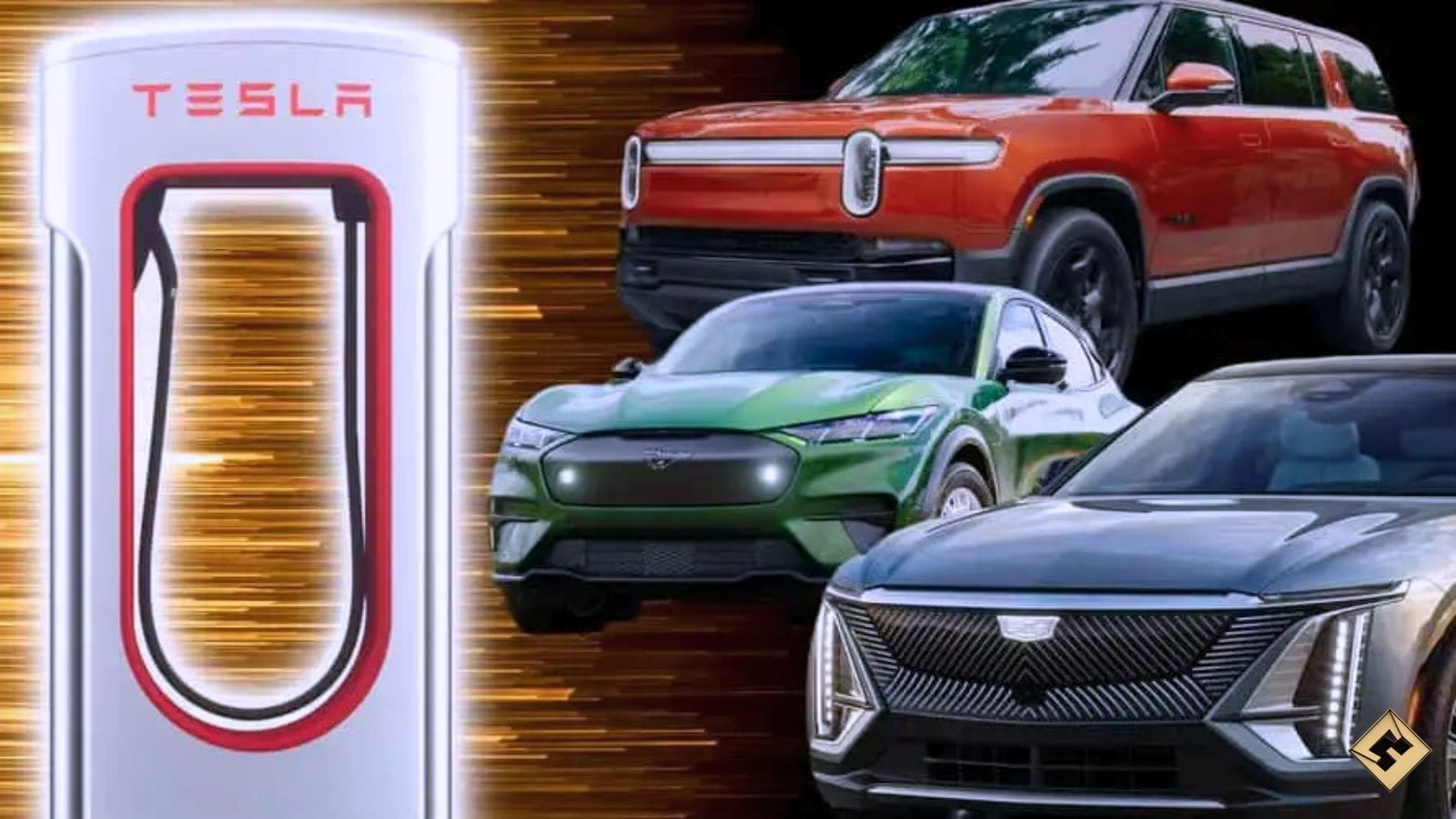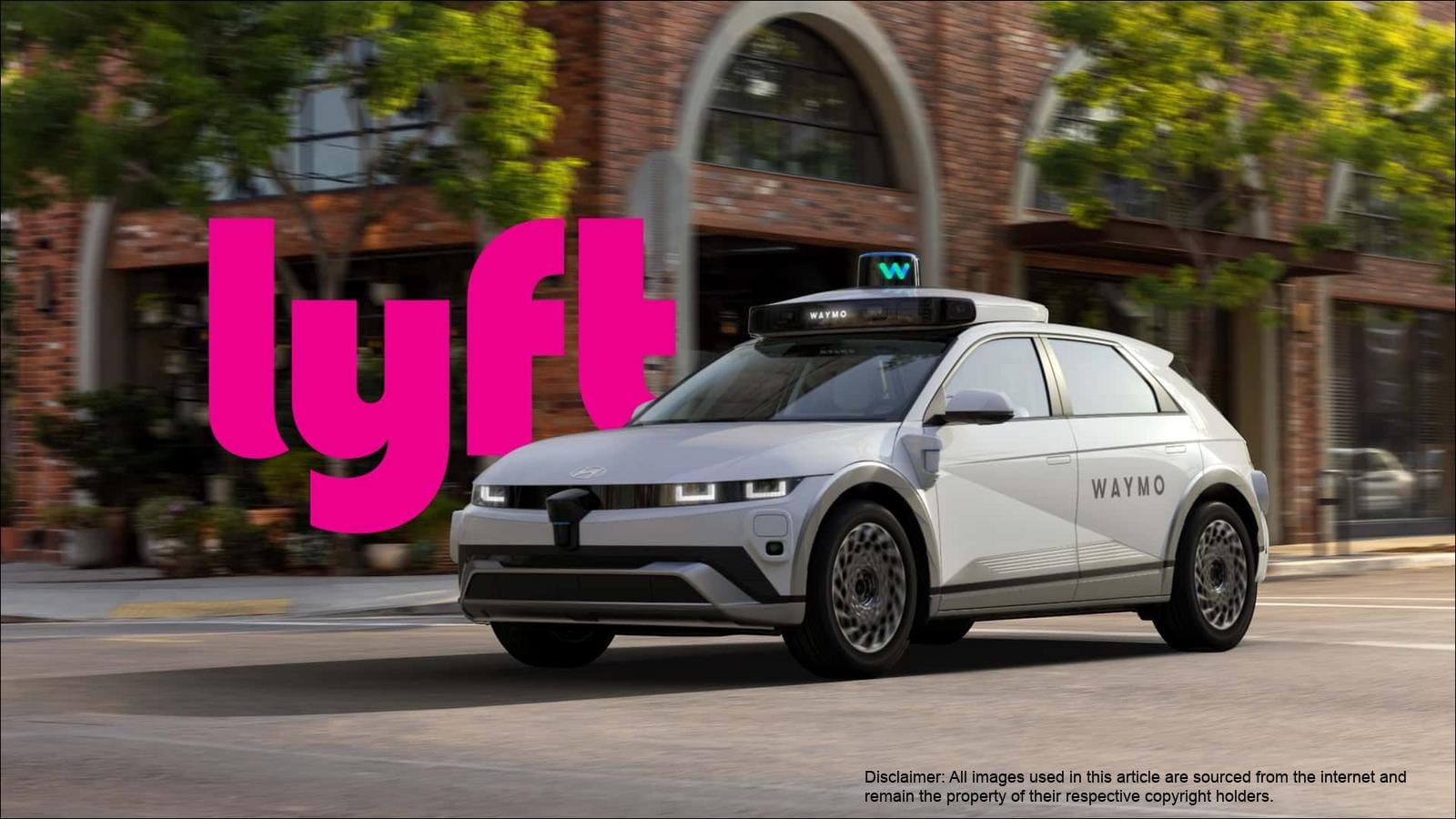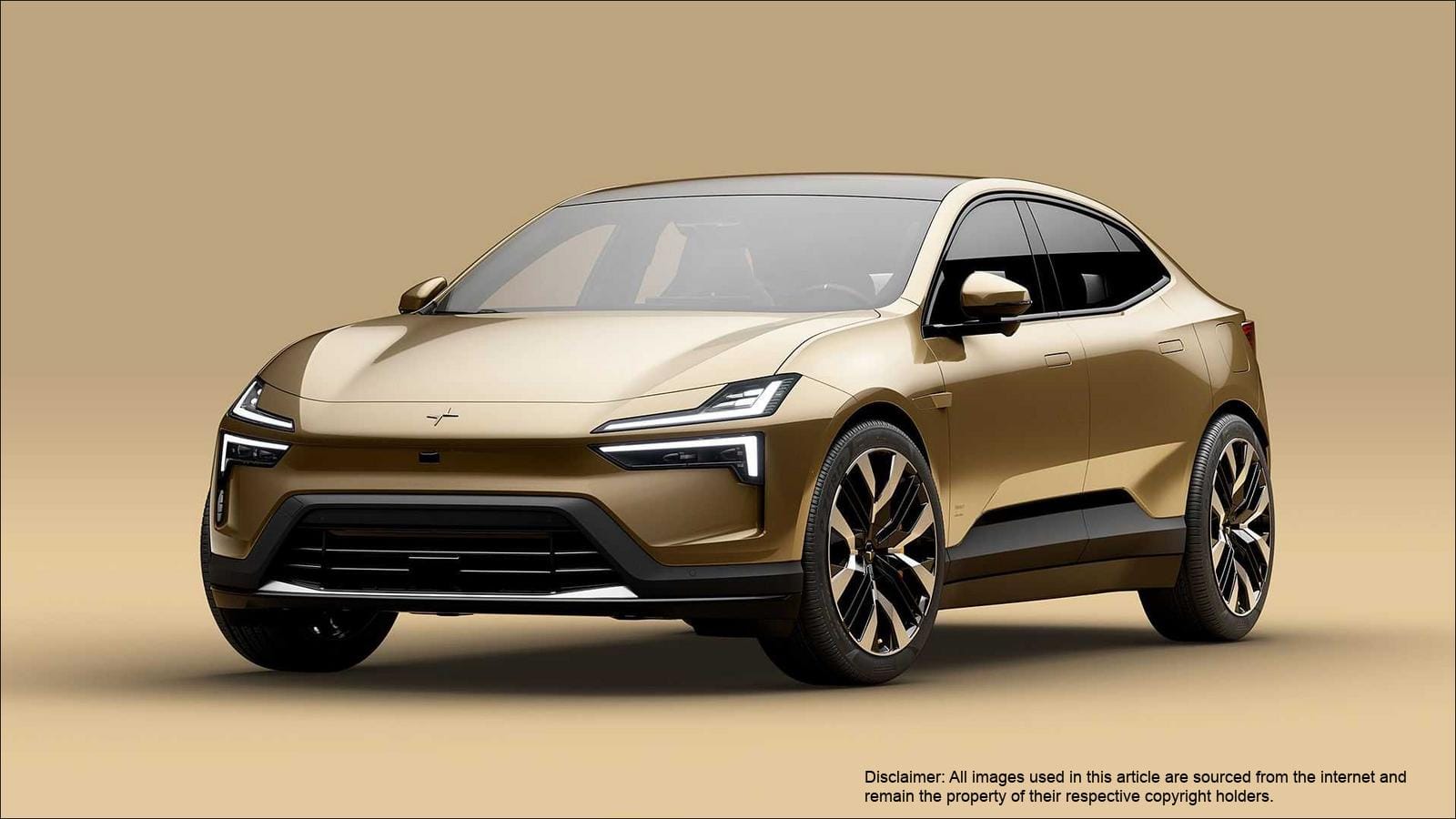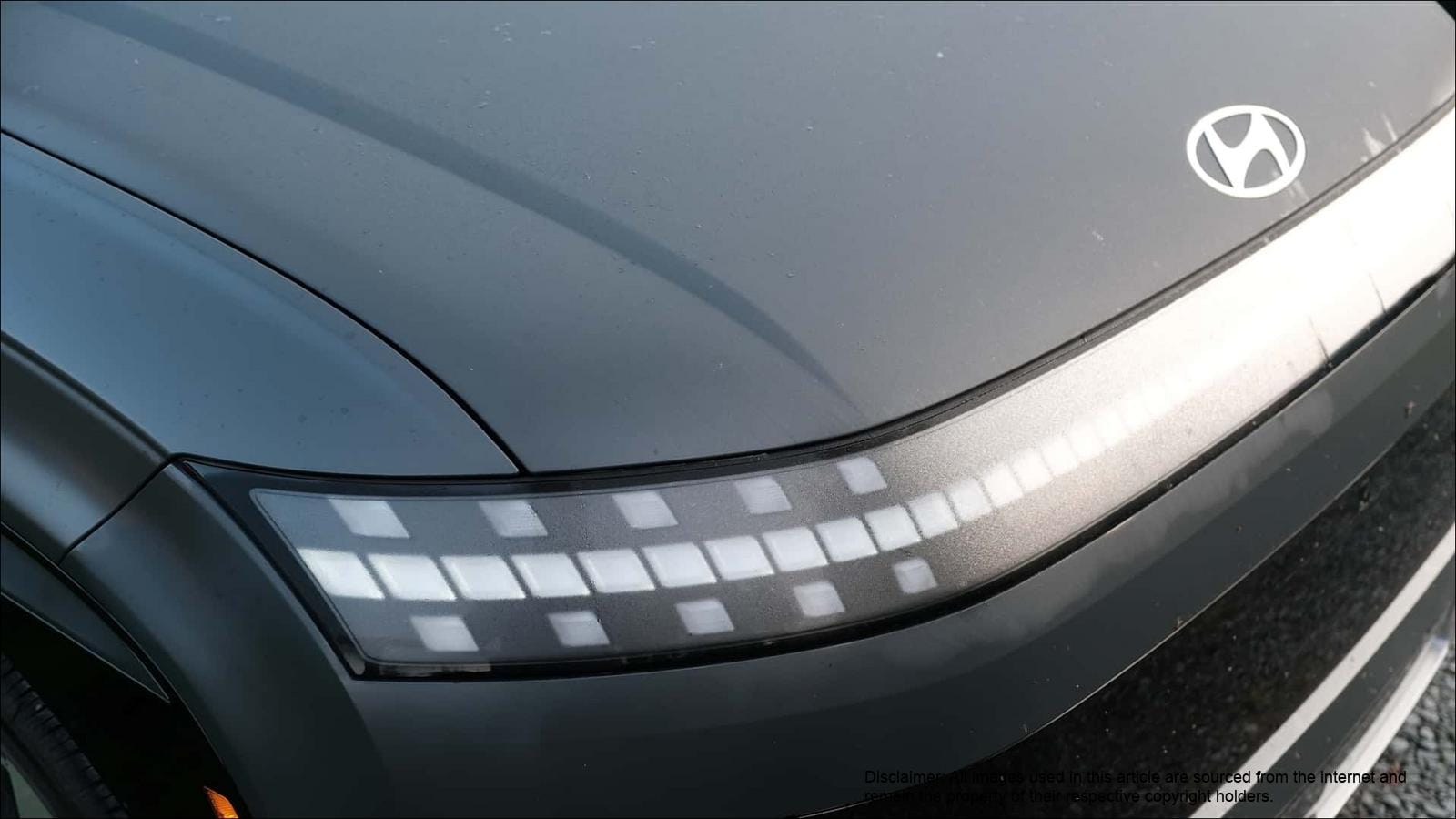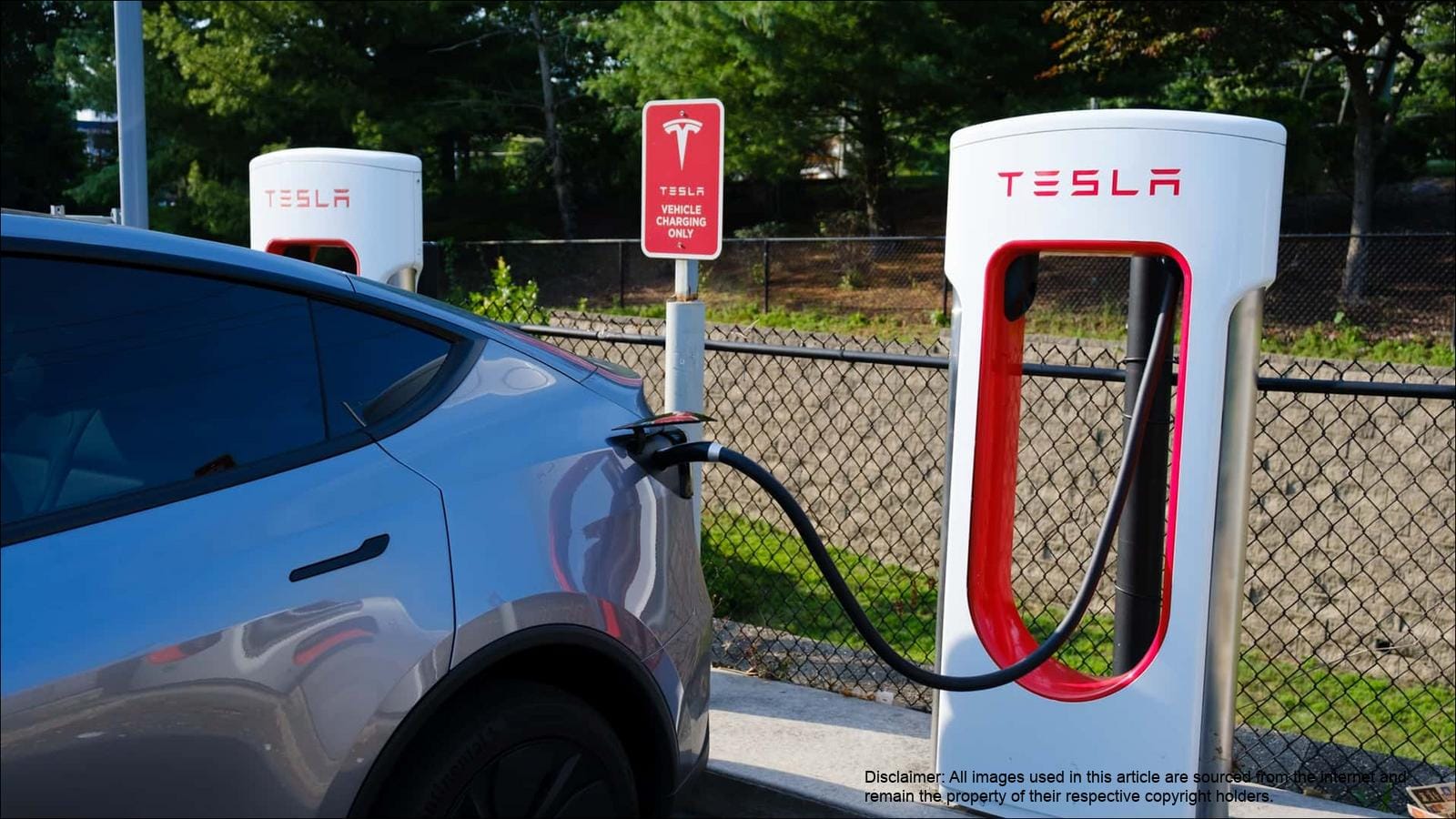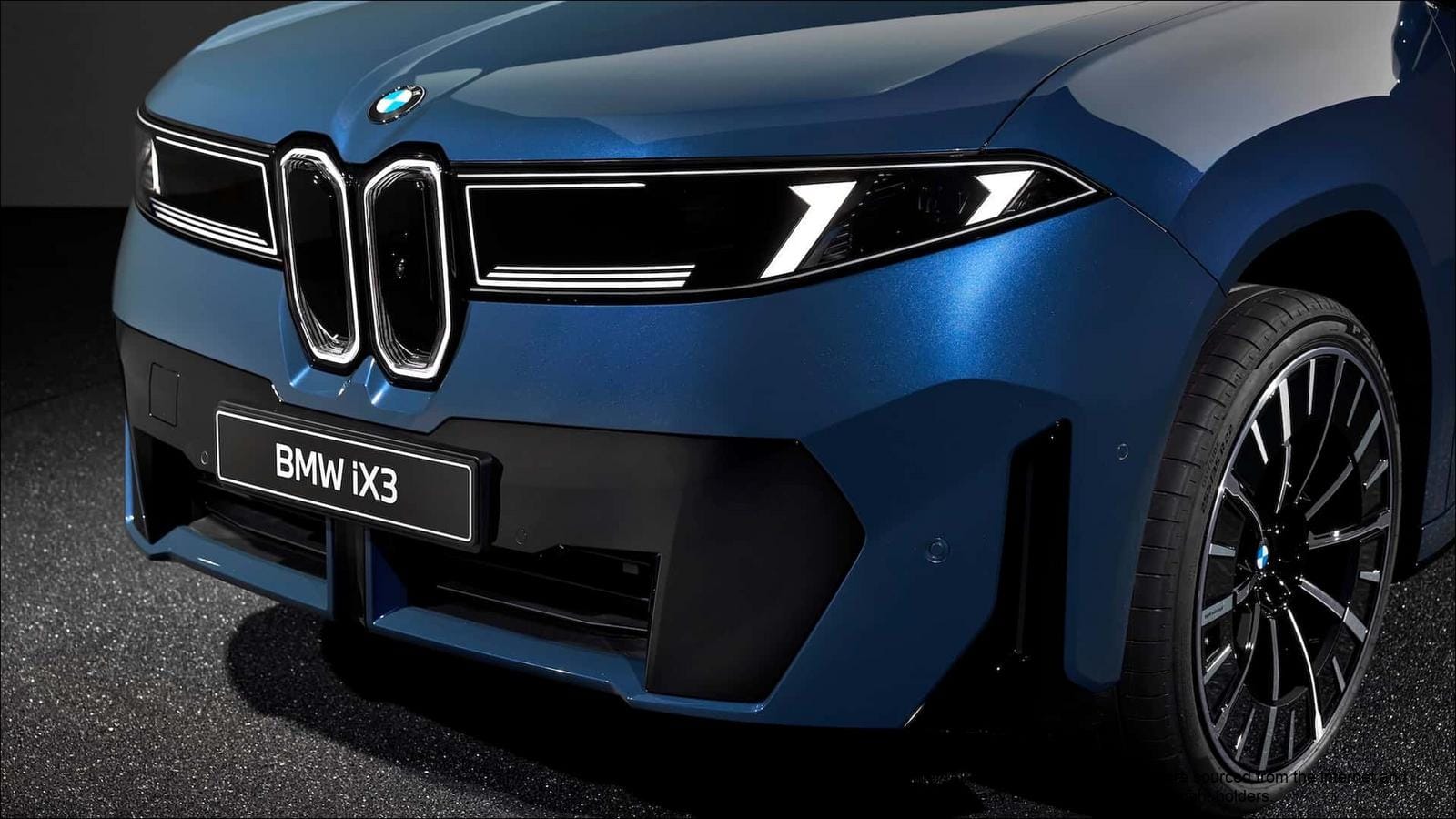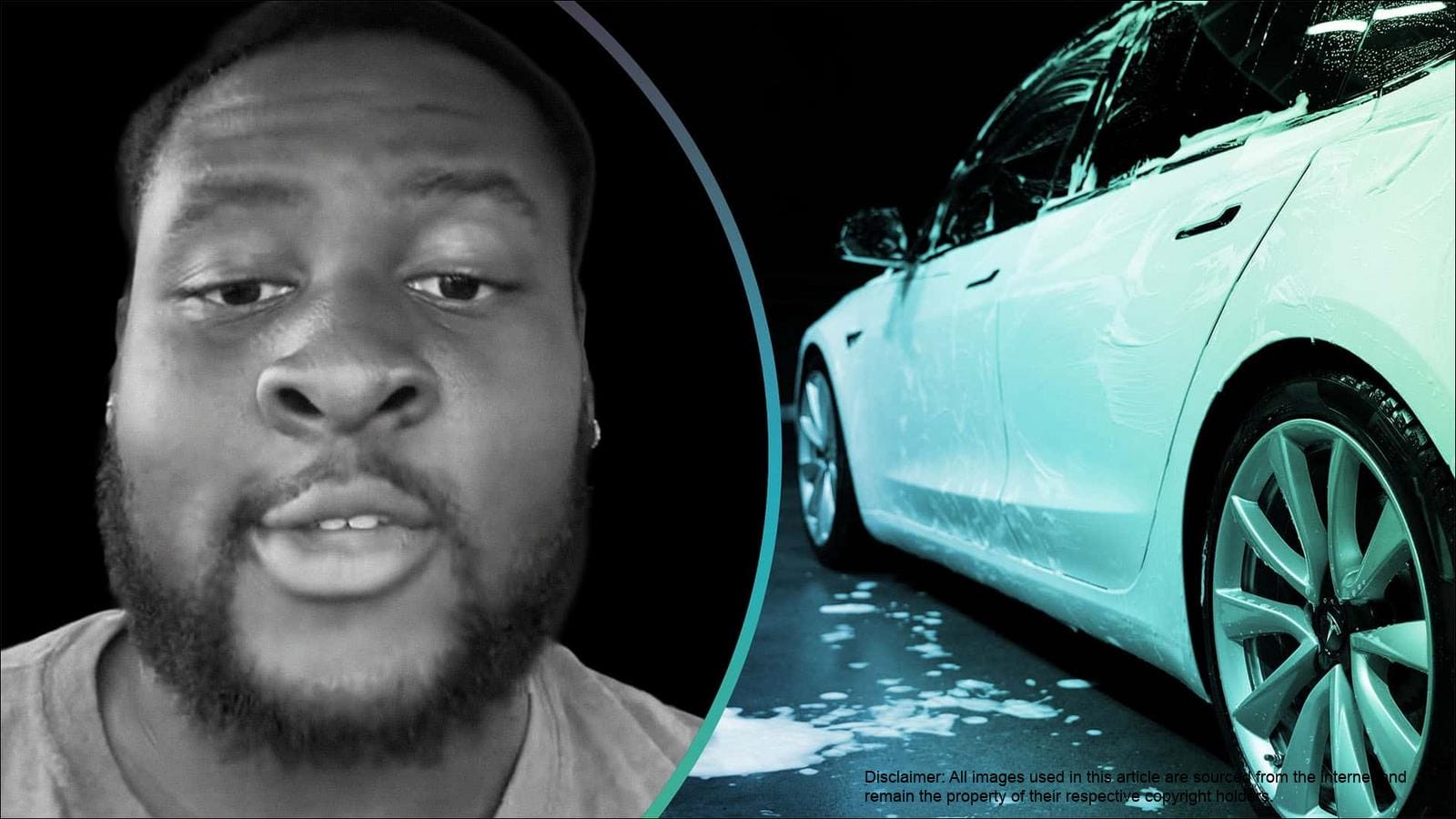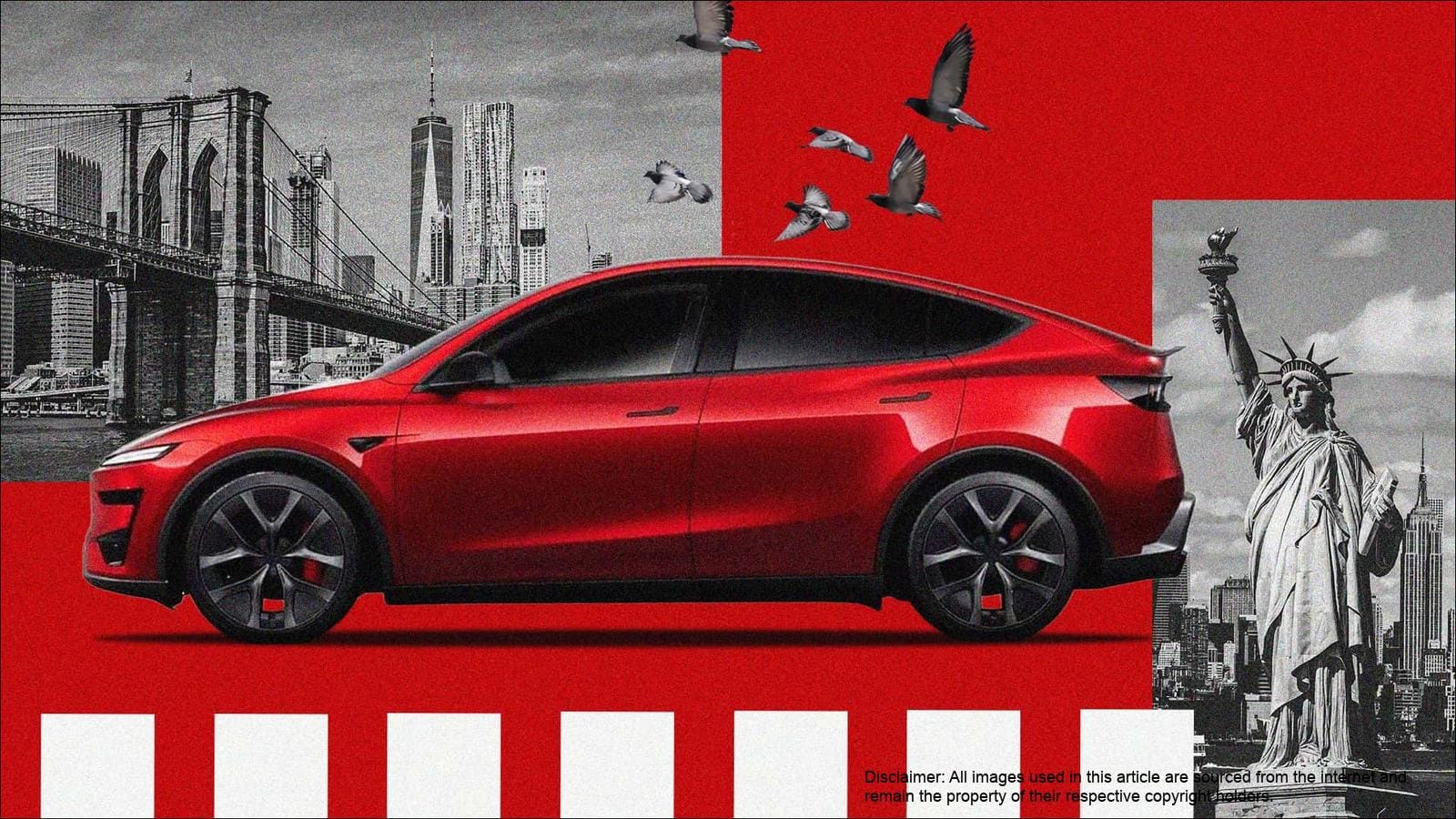Electric cars are rapidly taking over the streets. From spotting a Tesla Model Y cruising on the highway to a Honda Prologue parked at the soccer field, EVs are everywhere. However, with this growth comes a significant effect: the demand for charging infrastructure has skyrocketed. If you've tried to charge your EV in a busy urban area, you may have encountered full or over-capacity chargers. To ensure seamless and courteous charging sessions for everyone, InsideEVs has outlined five key rules for EV charging etiquette.
Contents
Rule #1: Plug In If You're Sitting In An EV Spot
Charging spots are meant for vehicles to charge, not to park unnecessarily. Whether you're at a Level 2 EVSE station at a hotel, workplace, or shopping center, always plug in if you're in a charging spot. If your car doesn’t require charging, kindly move to a regular parking space.
‘ICE-ing’—when an internal combustion engine vehicle occupies an EV spot—is frustrating, but the same applies to EVs that block access by not charging. With EV adoption increasing, these spots are in higher demand, so always be considerate of others who may need the charger.
Rule #2: Leave Once Charging Is Complete
Once your car has completed charging, vacate the spot to allow others to charge. This rule is especially important at overnight charging locations, such as hotels. For example, if your car finishes charging at 10 PM, move it to a regular parking spot so others can use the charger.
Some DC fast chargers, including Tesla Superchargers, impose idle fees if a car remains plugged in after charging is complete. Tesla’s idle fees can go up to $1.00 per minute at busy stations. Avoid unnecessary costs by promptly moving your car after charging.
Rule #3: Charge In The Optimal Range
Most EVs charge faster at lower states of charge, making it more efficient to charge from 10% to 80% than to wait for a full charge. For instance, a Tesla Model Y takes around 33 minutes to charge from 10% to 80%, but reaching 100% could take 30 additional minutes.
| Charge Range | Time Required |
|---|
| 10% to 80% | 33 minutes |
| 80% to 100% | 30 minutes |
If you're using free charging, such as a complimentary Electrify America subscription, be mindful of others waiting in line. Efficient charging habits ensure a smoother experience for everyone.
Rule #4: Supercharger Parking Rules
Different EV models have varying charge port locations, which can create challenges at Tesla Superchargers due to their short cables. For example, GM and Ford EVs often have front-side charging ports, while Tesla vehicles have rear-side ports. This discrepancy can lead to drivers occupying multiple stalls to reach the cable.
When using an older Tesla Supercharger with short cables, try to use end spots or park strategically to minimize inconvenience to others. Tesla’s 4th-generation Superchargers will feature longer cables, resolving this issue in the future.
Rule #5: How Queuing Works
If you arrive at a full charging station, park in a visible spot opposite the chargers to signal you are waiting. Avoid blocking traffic or creating confusion. When it’s your turn, charge only as much as needed to reach the next station with a buffer. This helps maintain a smooth flow for everyone waiting.
Final Note: Avoid EV Charging Purgatory
The rapid growth of the EV community calls for proper charging etiquette to ensure fair access for all. Educating fellow drivers about charging station types, optimal practices, and EVSE functionality helps create a collaborative environment. Together, we can make EV charging hassle-free and efficient.


